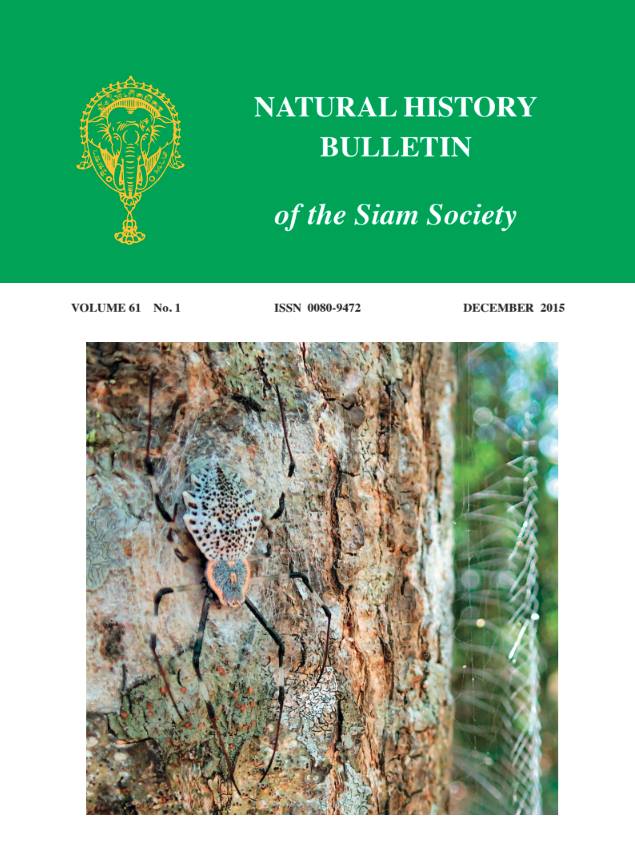Tree Trunk Topography Modifies the Webs of Herennia multipuncta (Doleschall, 1859) (Araneae: Nephilidae)
Main Article Content
Abstract
The arboricole spider, Herennia multipuncta (Doleschall, 1859), actively colonizes areas in which primary forest has been either lost or replaced by planted trees. The benefits of such plasticity for the survival of the species in modern Southeast Asia are transparent. However, niche plasticity is a generalist strategy that seems at odds with its status as a specialist that makes a highly derived web form (ladder webs). Although some colonized trees may offer equivalent or even better sites for web location, many may be predicted to provide less than ideal web substrates. Bark extrusion, in particular, can compromise web properties in numerous ways and fully realized ladder webs are optimally located on smooth substrates.,n order to quantify what elements of specialization have been traded-off against the benefits of niche expansion, H. multipuncta ladder webs on secondarily planted trees of Acacia mangium Willd. with rough, sub-optimal trunk surfaces were examined for lost and retained characteristics. Only the derived hub-cup was universally kept in these "no frills" ladder webs. Observed modifications that compensated for degradation of the Herennia archetypal web template included plastic, site-specific adjustments of the hub-cup to tree microtopography and alternative web forms.


